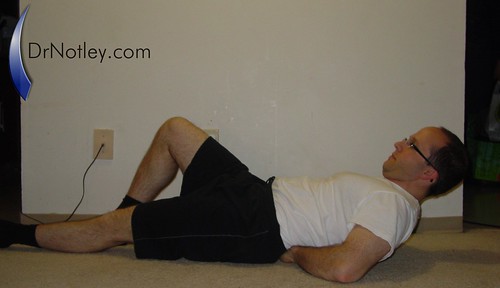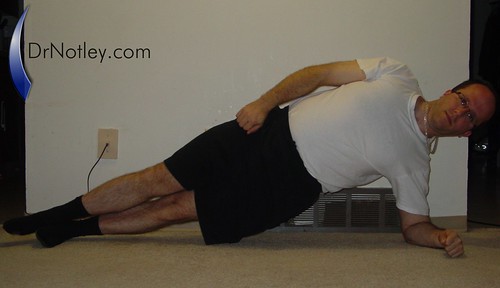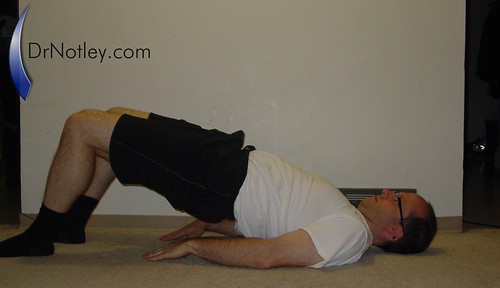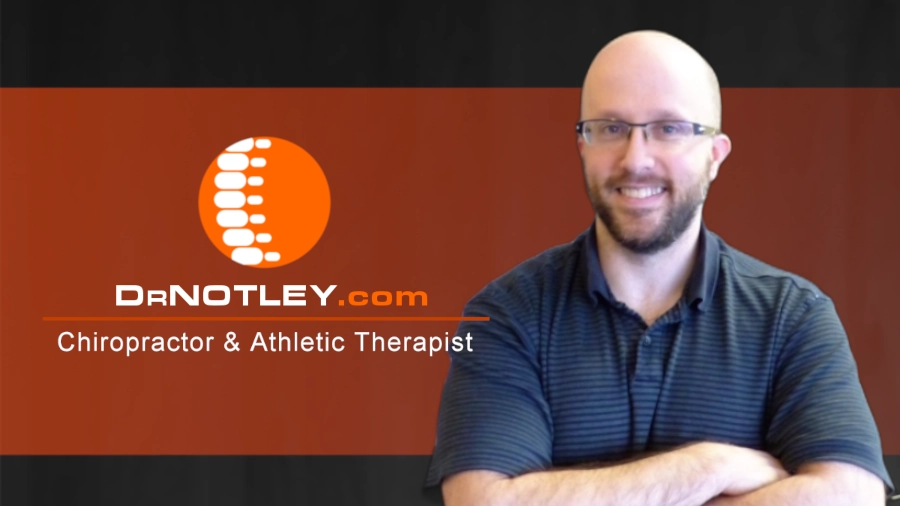
The core muscles include all those muscles that attach to the pelvis. This includes the glute muscles, hip flexors (iliacus, psoas major and rectus femoris), groin muscles, the hamstrings, abdominal muscles (rectus abdominus, internal and external obliques and transversus abdominus, the quadratus lumborum, multifidii muscles and the erector spine. The core muscles are important for stabilzing the lower back and hips. It is also important for transferring the force generated by the hips to the shoulders in activities like throwing a ball. These are the four exercises I suggest people start with:
Planks develop the front side of the core. It prepares you for performing full pushups. It can be challenging. Watch the video to see how the exercise is performed.
If you can’t perform the full plank there are ways to make the plank easier.
There are also ways to make this more challenging.
McGill Crunch

Regular crunches tend to flatten/flex the lower back placing added stress on the discs between the vertebrae. Since the discs are often injured with flexion movements minimizing repetitive flexion an effective way at minimizing injury. This exercise a way to prevent excessive loading of the spine but also strengthen the abdominal muscles. Watch this video to see how the exercise is performed.
This exercise strengthens the side of the core along with the supporting shoulder. The side of our body is often neglected in strengthening. Research has found that those who can’t hold this position for 1.5 minutes were more at risk for having back pain.
This exercise activates the gluteal muscles which are often a inhibited because we sit on chairs all the time. The common term for this inhibition is call gluteal amnesia. I often find this in people who have jobs where they sit for long periods of time and when they are unable to perform a hip hinge (behind at the hips rather than at the back when bending forwards). Watch the video or read how the bridge is to be performed.
The bridge has also been shown to activate the transverse abdominus which is important in spine stabilization.
If you have any questions feel free and email me, message me on twitter or on facebook
Dr Notley
Serving Winnipeg as a Chiropractor/Athletic Therapist since 2000
Originally posted on May 17, 2022 @ 4:40 pm



